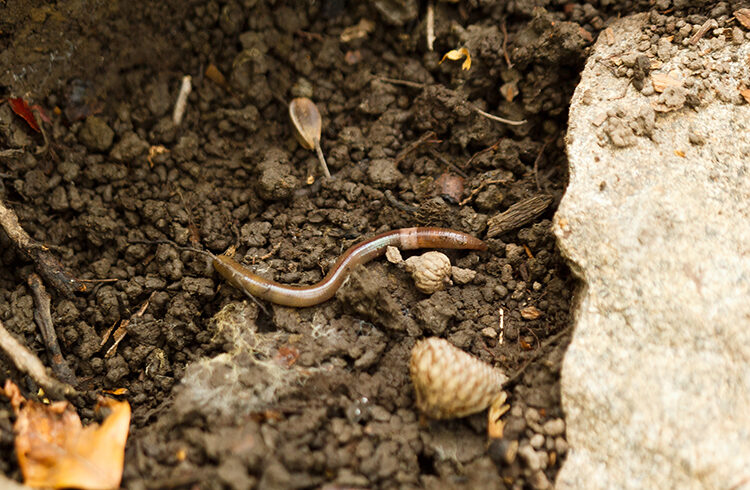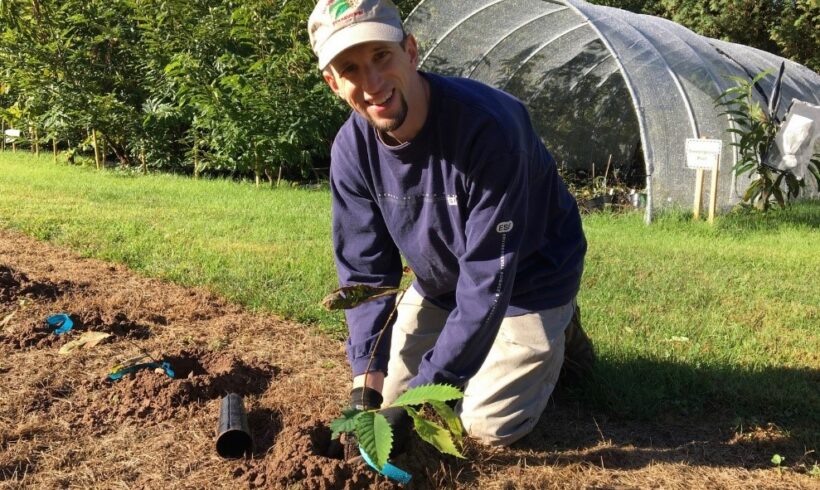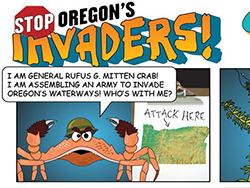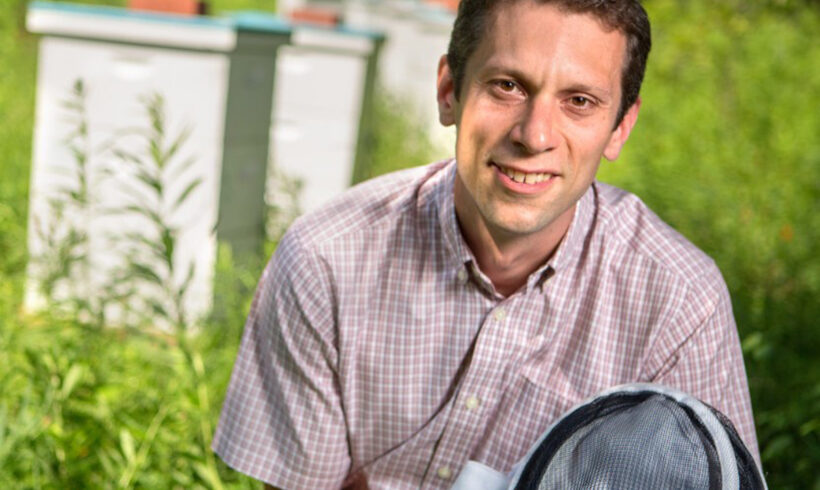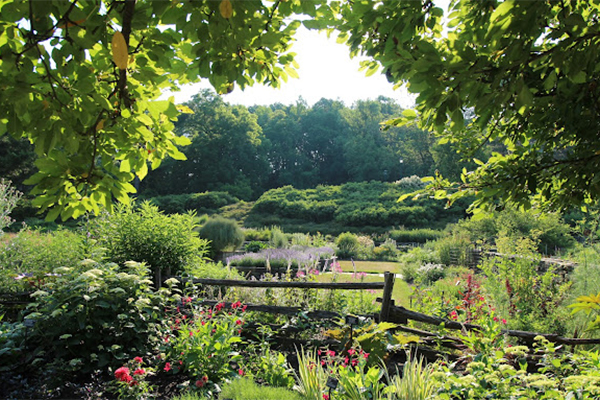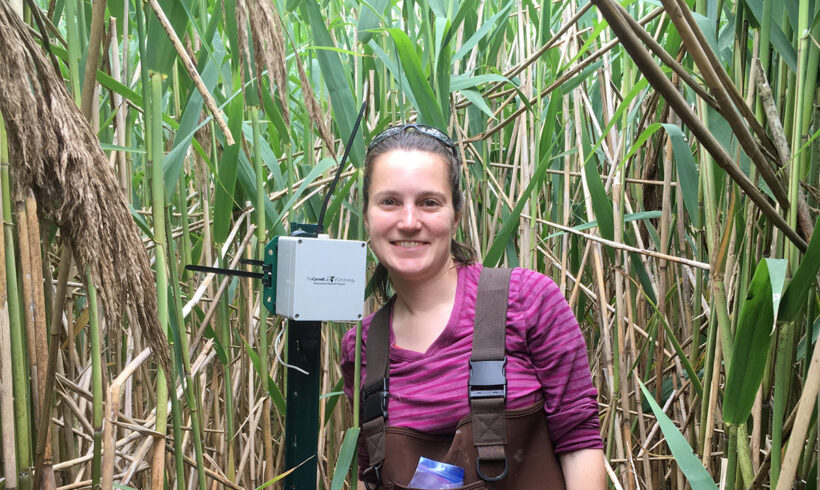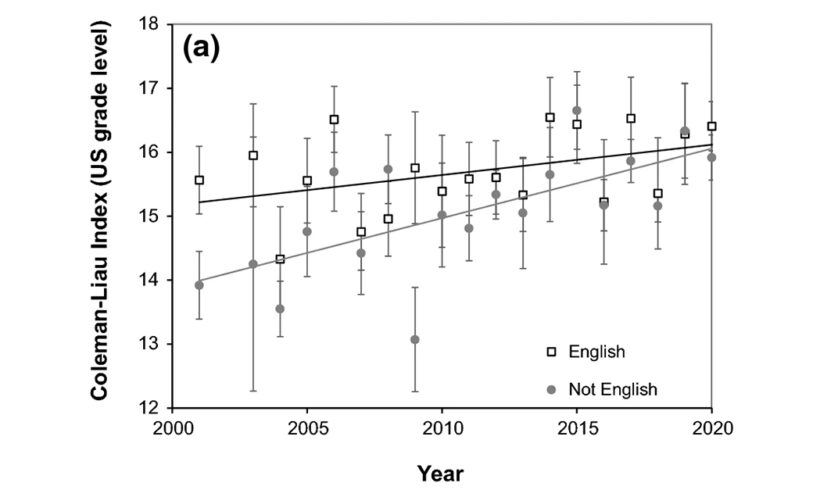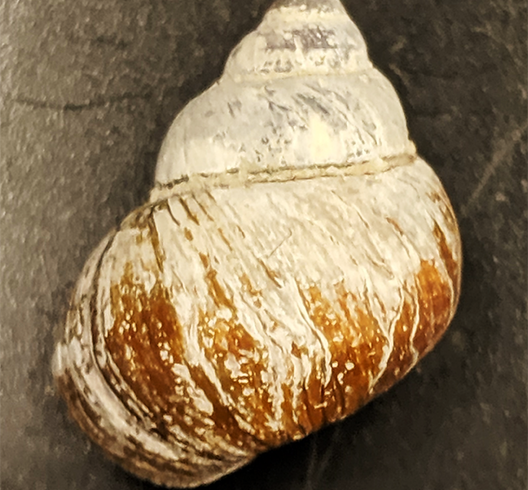Can invasive worms serve as food for native species? How do they alter leaf litter microhabitat? New research offers insight into the potential effects and trophic interactions of jumping worms (Amynthas spp.) and native reptiles and amphibians.

New York Invasive Species Research Institute
Archive for category: Blog
Researcher Spotlight: Dr. Andrew Newhouse
This month, we interviewed Dr. Andrew Newhouse, Assistant Director of the American Chestnut Research & Restoration Project for an update on the latest research and outlook on chestnut blight.
A problem of metaphors: Rethinking invasive species education
How can we better structure invasive species messaging to build environmental literacy in ethical decision-making? Process-oriented storytelling may offer a more productive approach for educational programming in the United States.
Researcher Spotlight: Dr. Scott McArt
NYISRI interviews Dr. Scott McArt who leads research on the ecology of plant-pollinator interactions in natural and managed systems, and helps advance our knowledge of pesticide risks to pollinators.
A Place to Pool Data on Potential Plant Invasions
Public gardens are in a unique position to form a sentinel network to aid in detecting potential invasive species. This study informs how public gardens can collectively contribute data for potential new invaders.
Researcher Spotlight: Stacy Endriss, Ph.D
NYISRI interviews Dr. Stacy Endriss, an evolutionary ecologist who explores creative approaches for improving how we assess the impacts of invasions and their management.
Readability Gap in Biological Invasions Research
How accessible is invasive species literature? A detailed analysis of the leading journal, Biological Invasions, points to a decline in readability for key stakeholders over two decades.
Researcher Spotlight: Kathryn Amatangelo, Ph.D
NYISRI interviews Dr. Kathryn Amatangelo, Associate Professor at SUNY Brockport who studies the genetics and control of European dewberry, mile-a-minute, and Japanese knotweed
Researcher Spotlight: Jennifer Koch, Ph.D
We hear from Jennifer Koch, whose 32+ years of work and collaborations offer a glimmer of hope toward saving our native trees from forest pests, like the Emerald Ash Borer (EAB).
Mystery solved? DNA barcoding reveals new snail in Adirondacks
How do we make use of new and existing technologies for early detection of aquatic invasive species? This study demonstrates how DNA barcoding can aid in identification of non-indigenous mollusks from New York’s waterways.

